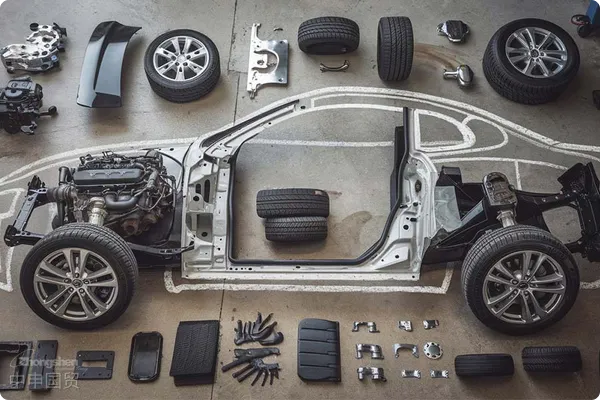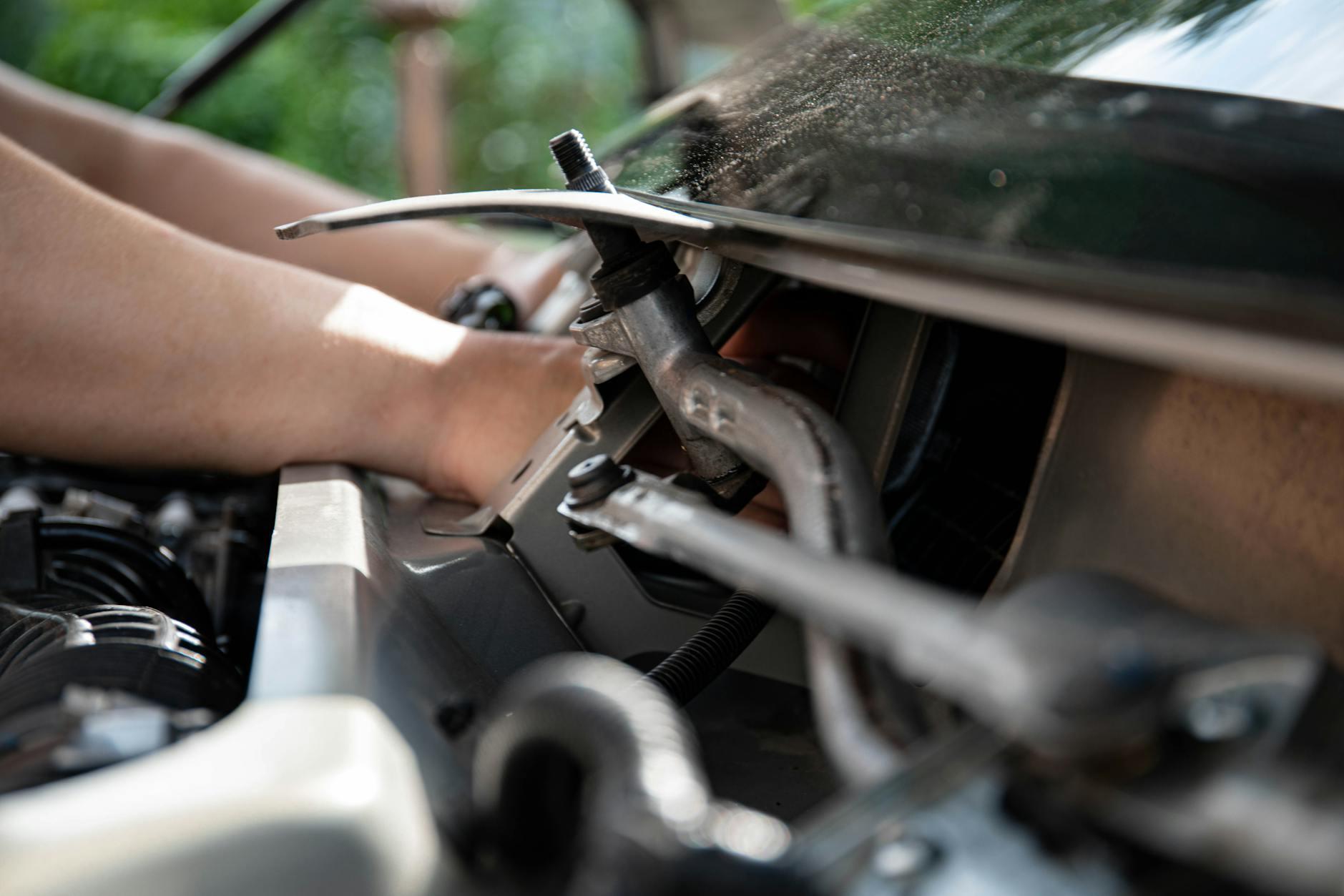- Shanghai Zhongshen International Trade Co., Ltd. - Two decades of trade agency expertise.
- Service Hotline: 139 1787 2118

?Against the backdrop of highly specialized global automotive supply chains, critical components such as alternators, starters, and electronic control systems...Automotive partsThe demand for imports continues to grow. With 20 years of experience,foreign tradeservice expert with 20 years of industry experience, this article will systematically analyze the core points of clothingExport RepresentationService experts, we are well aware that the import process for such products is complex, with high technical requirements and numerous regulatory restrictions. This article will provide professional guidance for enterprises from multiple dimensions, including market status, import challenges, operational procedures, and risk management.
I. Market Characteristics and Import Trends of Generator Automotive Parts
1.: Cylinder blocks must meet original material standards (such as GG20 cast iron, aluminum alloy), casting processes (high-pressure casting, low-pressure casting), and precision requirements (tolerance ≤0.02mm), making it difficult for unauthorized channels to ensure quality.
Generator components involve precision manufacturing (such as stator/rotor assemblies, voltage regulators) and eco-friendly materials (like copper wire enamel coating processes). Products from Europe, America, Japan, and South Korea demonstrate significant advantages in energy efficiency and durability, but they must comply with standards such as China's GB/T 19053 and the EU's ECE R10.
2.Supply chain fragmentation
New energyThe increase in vehicle penetration is driving demand for 48V mild hybrid system components, with some companies needing to source BSG motors from Germany and import high-density permanent magnet materials from Japan. Multi-batch, small-quantity procurement has become the norm.
3.Tariff policy updates
After the trial implementation of the EU Carbon Border Adjustment Mechanism (CBAM) in 2023, additional carbon footprint costs must be accounted for when importing motor components; meanwhile, China has imposed a provisional import tariff rate (3%) on certain ECU controllers, requiring enterprises to closely monitor the policy window period in real time.
II.Import RepresentationCore processes and key milestones
Phase 1: Preliminary Compliance Review
- Technical Access:Confirm whether the accessories involve China Compulsory Certification (such as3CThe starter in the catalog must be accompanied by a type test report.
- Rules of Origin: Leverage the RCEP agreement to reduce import tariffs on generator bearings from Southeast Asia (e.g., Indonesia-originated components can enjoy a 0% tariff rate).
- Intellectual property screening: Verify the patent ownership of components such as turbocharger impellers to avoid the risk of infringement-related cargo detention.
Special planInternational LogisticsOptimize
- For precision components (such as crankshaft position sensors):
?? Priority should be given to constant temperature containers (temperature fluctuation ≤ ±2℃)
?? Request overseas warehouse to pre-apply shockproof labels (ISTA 3A standard). - Cost Control: Consolidate multiple customer orders to reduce costs by 40% through LCL shipping.Maritime Transportationcosts.
Phase 3: Intelligent Customs Clearance Solution
- Tariff classification: Accurately distinguish between generator parts (HS 8511.50) and assemblies (HS 8708.99) to avoid classification disputes that may lead to port delays.
- Declaration skills: For high-value components such as ECU controllers, provide an Original Equipment Manufacturer (OEM) cost-sharing agreement (CPA) to justify the transaction price.
- Fast customs clearance:Utilize the AEO Advanced Certification to implement "two-step declaration," reducing port clearance time to within 3 hours.
III. Typical Risk Cases and Solutions
Case Background: A car manufacturer imported 800 sets of ISG motors from Germany, but upon arrival at the port, it was discovered that their energy efficiency ratings did not match the contract specifications.
Agent Response:
- Urgently initiate third-party testing (SGS/TUV) and issue a test report indicating non-compliance with CE Regulation 2019/1781.
- Coordinate with overseas lawyers to initiate claims litigation, while simultaneously applying for a temporary suspension of bond release domestically.
- Ensure production line operation by allocating substitute inventory within 48 hours.
Summary of Experience:
- The contract terms must clearly specify the "liability for breach of technical parameters" (e.g., an energy efficiency deviation ≥5% shall be deemed a fundamental breach).
- Mandatory requirement for suppliers to provide the original EU Type Approval certificate.
Conclusion
The import of generator automotive parts is not merely a logistics operation, but a systematic project involving technical compliance, supply chain resilience, and cost optimization. Choosing a professional agency service can help enterprises reduce the import cycle by 30% and lower overall costs by 15%-22%. For a customized import solution, feel free to contact our technical team for an in-depth diagnosis.
Related Recommendations
? 2025. All Rights Reserved. Shanghai ICP No. 2023007705-2  PSB Record: Shanghai No.31011502009912
PSB Record: Shanghai No.31011502009912










